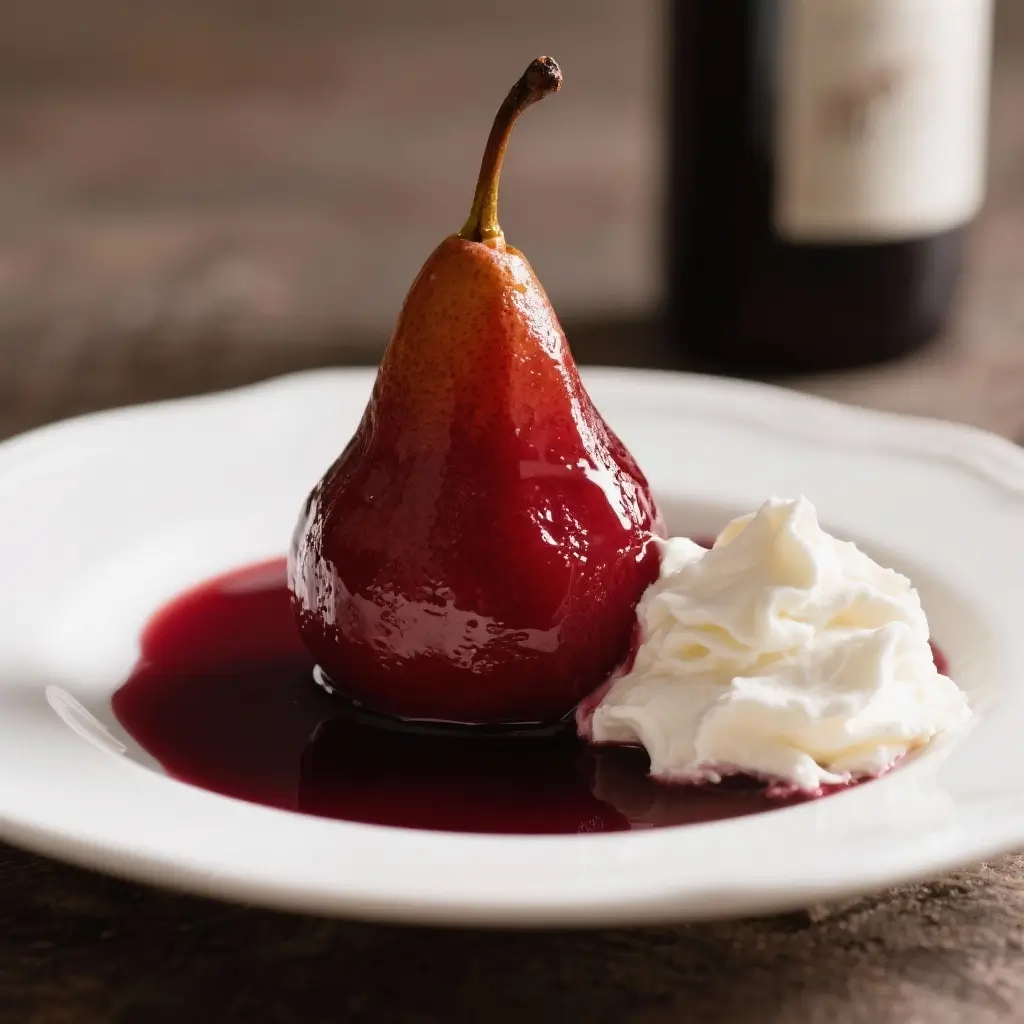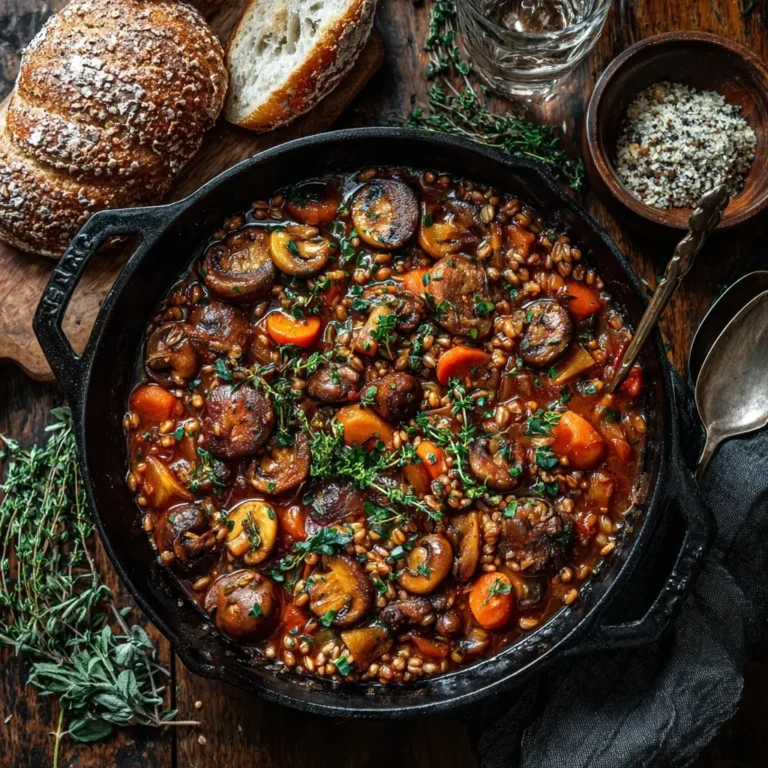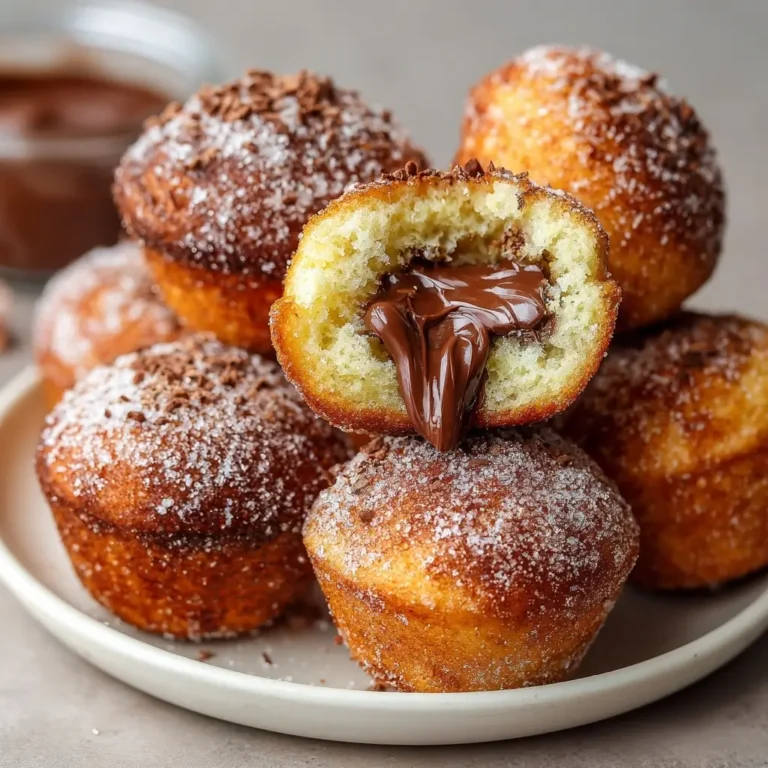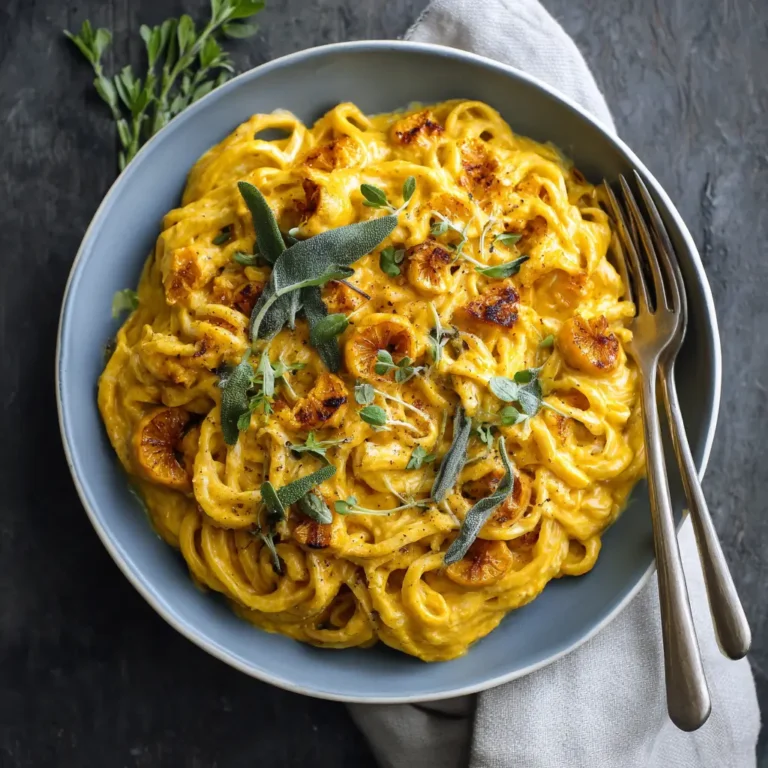Red Wine Poached Pears & Mascarpone (reduced alcohol)
Red Wine Poached Pears & Mascarpone (Reduced Alcohol)
The History
Red wine poached pears, known as “Poires à la Beaujolaise” or “Poires au Vin” in French cuisine, have roots stretching back to medieval Europe, where preserving fruit in spiced wine was both a practical and luxurious method of preparation. This dessert gained prominence in France during the 18th and 19th centuries, particularly in regions like Burgundy and Beaujolais, where high-quality red wine was abundant. The dish was often served at aristocratic banquets and later became a staple in European patisseries. Over time, it evolved into a refined dessert symbolizing elegance and simplicity—showcasing how minimal ingredients can yield extraordinary flavor. The addition of mascarpone, an Italian cream cheese known for its rich, velvety texture, is a more modern twist that marries French culinary tradition with Italian indulgence. With growing awareness around alcohol consumption, this reduced-alcohol version maintains the depth and complexity of traditional recipes while offering a lighter, more inclusive option suitable for all ages and dietary preferences.
Ingredients Breakdown
Understanding each ingredient’s role enhances both the cooking process and final outcome:
- Red Wine: Serves as the primary poaching liquid, imparting deep color and fruity, tannic notes. Opt for a dry, medium-bodied wine such as Merlot, Pinot Noir, or Cabernet Sauvignon. In this reduced-alcohol version, most of the ethanol evaporates during extended simmering.
- Pears: Choose firm, ripe varieties like Bartlett, Bosc, or Anjou. They hold their shape well during poaching and absorb flavors beautifully.
- Sugar: Balances the tartness of the wine and helps create a light syrup. Can be substituted with honey, maple syrup, or coconut sugar for alternative sweetness profiles.
- Cinnamon Stick: Adds warm, woody spice that complements the wine and fruit. A single stick infuses flavor without overpowering.
- Whole Cloves: Contribute a sharp, slightly bitter warmth. Use sparingly—they are potent!
- Star Anise: Lends a subtle licorice-like aroma that enhances the complexity of the poaching liquid.
- Orange Zest and Juice: Brightens the mixture, cutting through richness and enhancing the fruit’s natural sweetness.
- Vanilla Extract or Bean: Deepens the aromatic profile with creamy, floral notes.
- Mascarpone Cheese: An ultra-rich, soft Italian cheese with a buttery texture and mild sweetness. Acts as a luxurious contrast to the tart poached pears.
- Lemon Juice: Prevents browning of cut pears and balances acidity in the poaching liquid.
- Water (optional): Used to dilute the wine if a milder flavor or lower alcohol content is desired from the start.
This thoughtful combination results in a harmonious blend of sweet, tart, spicy, and earthy elements—elevating a humble fruit into a gourmet dessert.
Step-by-Step Recipe
- Prepare the Pears: Peel the pears carefully, leaving the stems intact for an elegant presentation. Immediately place them in a bowl of cold water mixed with lemon juice to prevent oxidation and discoloration.
- Create the Poaching Liquid: In a large, heavy-bottomed pot or Dutch oven, combine 3 cups of red wine, ½ cup sugar (adjust to taste), the zest and juice of one orange, one cinnamon stick, 3 whole cloves, one star anise pod, and 1 teaspoon of vanilla extract. Add ½ cup water to reduce alcohol concentration further and ensure gentle simmering.
- Heat the Mixture: Place the pot over medium heat. Stir gently until the sugar dissolves completely. Bring the liquid just to a simmer—do not boil vigorously, as this can damage delicate aromas and increase bitterness.
- Add the Pears: Remove pears from lemon water and place them upright in the pot. If they float, use a small heatproof plate or lid to gently weigh them down. Ensure the liquid covers at least two-thirds of each pear; add more water or wine if necessary.
- Simmer Gently: Reduce heat to low and let the pears poach uncovered for 20–35 minutes, depending on ripeness and size. Test doneness by inserting a skewer—it should slide in easily with slight resistance (pear should remain tender but intact).
- Remove and Cool: Once cooked, transfer pears to a shallow dish using a slotted spoon. Cover lightly and allow to cool to room temperature.
- Reduce the Poaching Liquid: Increase heat to medium-high and bring the remaining liquid to a gentle boil. Simmer for 15–25 minutes until reduced by half or more, forming a thick, glossy syrup. Strain through a fine-mesh sieve to remove spices and orange zest.
- Chill the Pears: Refrigerate poached pears in an airtight container for at least 2 hours (preferably overnight) to deepen flavor absorption.
- Prepare Mascarpone: Just before serving, whip mascarpone briefly with a splash of vanilla or a drizzle of honey for added smoothness and sweetness.
- Assemble the Dessert: Place a chilled pear on each plate, drizzle generously with warm or room-temperature reduced syrup, and serve with a generous dollop of mascarpone on the side or beneath the pear.
- Garnish and Serve: Top with fresh mint, crushed pistachios, cocoa nibs, or edible flowers for visual appeal and textural contrast.
Tips
- Select Uniform Pears: Choosing similarly sized pears ensures even cooking. Avoid overly ripe fruit, which may disintegrate during poaching.
- Don’t Rush the Simmer: Low and slow is key. Rapid boiling can make pears mushy and cause excessive alcohol retention due to uneven evaporation.
- Maximize Alcohol Reduction: Simmer the poaching liquid for at least 20–30 minutes after removing the pears to reduce residual alcohol significantly—up to 85–95% reduction when done properly.
- Use Non-Reactive Cookware: Stainless steel or enamel-coated pots prevent unwanted chemical reactions with acidic ingredients like wine and citrus.
- Enhance Color: For deeper ruby hues, choose young, vibrant red wines with good acidity. Older wines may produce duller results.
- Infuse Longer: Letting pears steep in the cooled poaching liquid overnight intensifies flavor and色泽 (color saturation).
- Serve Temperature: While traditionally served chilled, slightly warmed pears with room-temperature mascarpone offer a comforting contrast, especially in colder months.
- Syrup Storage: Extra syrup keeps well in the refrigerator for up to 2 weeks. Use it over pancakes, yogurt, ice cream, or oatmeal.
- Avoid Overcrowding: Use a wide pan so pears aren’t touching, allowing even circulation of liquid and consistent coloring.
- Taste the Poaching Liquid: Adjust sweetness and spice before adding pears—remember, flavors concentrate slightly during reduction.
Variations and Customizations
This recipe is highly adaptable to personal taste and seasonal availability:
- Fruit Swaps: Apples, quinces, peaches, or plums can replace pears. Adjust poaching time accordingly.
- Spice Variations: Swap star anise for cardamom pods, ginger slices, or allspice berries. Try a pinch of nutmeg or black pepper for warmth.
- Alcohol-Free Version: Replace wine entirely with grape juice, pomegranate juice, or black tea infused with spices. Add 1–2 tablespoons of balsamic vinegar for depth.
- Herbal Notes: Add fresh rosemary, thyme, or lavender sprigs during poaching for an aromatic twist.
- Dairy-Free Mascarpone Alternatives: Use whipped coconut cream, cashew cream, or store-bought vegan mascarpone for a plant-based option.
- Boozy Finish (Optional): For adult servings, finish with a tiny splash of port, brandy, or Grand Marnier over the mascarpone—but keep it optional.
- Chocolate Drizzle: Pair with dark chocolate ganache for a decadent upgrade.
- Toasted Nuts: Add crunch with candied walnuts, toasted almonds, or hazelnuts.
- Layered Parfaits: Slice pears and layer with mascarpone, granola, and reduced syrup in glasses for a modern presentation.
- Festive Garnishes: Dust with edible gold powder, serve with holly leaves (non-toxic decoration), or pair with mulled wine for holiday menus.
Health Considerations and Nutritional Value
While undeniably indulgent, this dessert offers several health-conscious benefits when enjoyed in moderation:
- Antioxidant-Rich: Red wine contains polyphenols like resveratrol and flavonoids, linked to heart health and anti-inflammatory effects. Though reduced during cooking, some beneficial compounds remain.
- Fiber Content: Pears are high in dietary fiber (about 5–6g per medium fruit), supporting digestion and satiety.
- Vitamins and Minerals: Provides vitamin C from citrus, potassium from pears, and trace minerals from wine and spices.
- Lower Alcohol Impact: By simmering the wine thoroughly and reducing the overall quantity used, this version minimizes alcohol content—ideal for those avoiding intoxicants, including pregnant women, children, or individuals in recovery.
- Calorie Awareness: One serving (1 pear + 2 tbsp mascarpone + syrup) contains approximately 220–280 calories, depending on sugar and portion size. To lighten it further, reduce added sugar or use natural sweeteners.
- Saturated Fat Note: Mascarpone is high in saturated fat (~5g per 2-tbsp serving). Consider blending with Greek yogurt for a protein boost and lower-fat profile.
- Diabetic-Friendly Options: Use monk fruit or erythritol instead of sugar, monitor glycemic load, and pair with high-protein accompaniments.
- Allergen Information: Contains dairy (mascarpone). Ensure gluten-free status if serving with other components—this base recipe is naturally gluten-free.
Balancing pleasure and wellness, this dessert exemplifies mindful indulgence—offering rich flavor with room for nutritional customization.
Ingredients
- 4 firm ripe pears (Bartlett, Bosc, or Anjou)
- 3 cups dry red wine (e.g., Merlot, Pinot Noir)
- ½ cup granulated sugar (or substitute: honey, maple syrup, coconut sugar)
- 1 orange (zest and juice)
- 1 cinnamon stick
- 3 whole cloves
- 1 star anise pod
- 1 teaspoon pure vanilla extract (or seeds from ½ vanilla bean)
- ½ cup water
- 1 tablespoon lemon juice
- 1 cup mascarpone cheese (chilled)
- Optional garnishes: fresh mint, crushed pistachios, cocoa nibs, edible flowers
Directions
- Peel the pears carefully, keeping stems intact. Soak in cold water with lemon juice to prevent browning.
- In a large pot, combine red wine, sugar, orange zest, orange juice, cinnamon stick, cloves, star anise, vanilla, water, and lemon juice.
- Heat over medium flame, stirring until sugar dissolves. Bring to a gentle simmer (do not boil).
- Add the drained pears to the pot, standing them upright. Use a heatproof plate to keep them submerged if needed.
- Simmer gently for 20–35 minutes, turning occasionally, until pears are tender when pierced with a knife.
- Using a slotted spoon, transfer pears to a shallow dish. Let cool, then cover and refrigerate for 2–24 hours.
- Strain the poaching liquid into a clean saucepan, discarding spices and zest.
- Boil the liquid over medium-high heat for 15–25 minutes until reduced by half and syrupy. Let cool slightly.
- Whip mascarpone lightly until smooth; chill until ready to serve.
- To serve, place a pear on each plate, drizzle with warm syrup, and add a generous spoonful of mascarpone.
- Garnish as desired and enjoy immediately.
FAQ
Q: How much alcohol remains in the pears after poaching?
A: According to USDA data, simmering a dish for 2.5 hours removes about 95% of alcohol. In this recipe, with initial simmering plus additional reduction, residual alcohol is minimal—likely under 5%. For completely alcohol-free versions, substitute wine with non-alcoholic alternatives.
Q: Can I make this ahead of time?
A: Absolutely! This dessert tastes better the next day. Prepare up to 3 days in advance—the pears improve in flavor as they absorb the poaching liquid.
Q: Why did my pears turn brown?
A: Browning occurs due to oxidation. Always soak peeled pears in lemon water immediately. Also, ensure your poaching liquid has enough acid (citrus or lemon juice) to preserve color.
Q: Can I freeze poached pears?
A: Yes, though texture may soften slightly upon thawing. Freeze in airtight containers with some syrup for up to 3 months. Thaw slowly in the refrigerator.
Q: Is mascarpone essential?
A: While traditional, it can be omitted or replaced. Ricotta, crème fraîche, vanilla custard, or even plain Greek yogurt work well.
Q: My syrup didn’t thicken—what went wrong?
A: Reduction depends on time and surface area. Use a wide pan and continue simmering until it coats the back of a spoon. Cooling will also thicken it further.
Q: Are certain wines better than others?
A: Avoid “cooking wine”—it’s high in salt and preservatives. Choose a drinkable dry red you’d enjoy sipping. Lighter wines produce subtler results; fuller wines give deeper color and body.
Summary
Indulge in the elegant fusion of tender red wine-poached pears and creamy mascarpone—a dessert that marries French tradition with Italian luxury, now thoughtfully adapted for reduced alcohol content. Perfect for dinner parties, holidays, or quiet evenings, this dish delivers sophisticated flavor with wholesome versatility.






